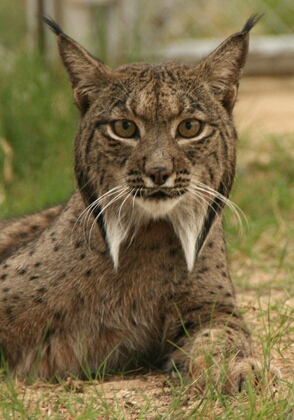Our first article is from a site called Newswise, with resources from the University of Vermont. Our story starts in 1972, a year in which Richard Nixon started the Space Shuttle program, the Winter Olympics were held in Japan, The Godfather was released, and the famous Watergate scandal unfolded. That same year, a US senate committee reported that whales were at the edge of extinction from commercial hunting, tuna fishing was accidentally killing thousands of dolphins and that seal and walrus populations were dwindling.

It made Leroy so sad...
To protect marine mammals, a new act was proposed: the Marine Mammal Protection Act. It outlawed capturing (i.e. hunting, capturing, killing) and the harassment of marine mammals. It also put a moratorium on importing or exporting them from the United States.
Now, skip forward four decades. Recently, a group of scientists from the University of Vermont, lead by Caitlin Campbell from UVM's Gund Institute for Ecological Economics and Andrew Read, professor of marine biology at Duke University, set out to see if the MMPA has worked. So far, it seems it has.
Andrew Read says: "At a very fundamental level, the MMPA has accomplished what its framers set out to do, to protect individual marine mammals from harm as a result of human activities."
While species such as the right whale, which was almost brought to extinction when whale oil was in great need, still haven't recovered, the team has seen populations of sea lions and seals back at their carrying capacity. Joe Roman, a student at UVM says "U.S. waters are pretty compromised with lots of ship traffic and ship strikes, big fisheries, pollution, boat noise, and yet it's safer to be a marine mammal in U.S. waters than elsewhere." He says it's due to our protections against accidental and commercial killings, and the law's aim to keep marine mammals where they are in the ecosystem.
For most of the species, they found there just wasn't enough data to come to a conclusion about whether or not their populations had grown or shrank over the past 40 years. For 71% of their data, they couldn't decide if the populations were going up or down. But for the other 29%, they found that 19% were increasing, 5% were stable, 5% were decreasing. And knowing that, Leroy can finally sleep at night.




